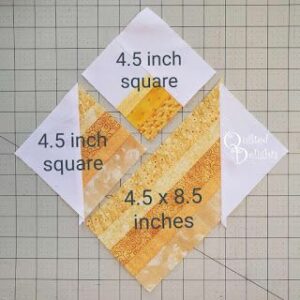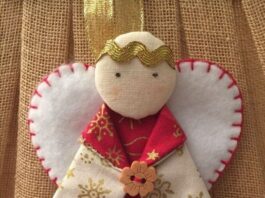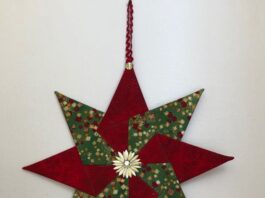A Brief History of Flower Patchwork Quilts
The history of flower patchwork quilts dates back centuries, when people began utilizing scraps of fabric to create functional and decorative blankets.
However, it was during the 18th and 19th centuries that this art form flourished, especially in Europe and the United States.
Women, in particular, found quilting to be a means of personal expression and socialization.

Flower patchwork gained popularity during the late 19th-century Arts and Crafts movement, which valued traditional craftsmanship and natural aesthetics.
Flowers, with their beauty and symbolism, became a common theme in this context. Women from all social classes dedicated themselves to creating flower quilts, often spending long hours working on their pieces while sharing stories and techniques.
Over time, the flower patchwork quilt became a way to preserve family memories and pass down traditions from generation to generation. Each piece contains not only fabric and thread but also stories, emotions, and deep human connections.
Technique and Skill: The Process Behind Flower Patchwork Quilts
Creating a flower patchwork quilt is a meticulous process that demands skill, patience, and creativity.
It begins by selecting a variety of fabrics in different colors, patterns, and textures, representing the diverse petals and leaves of flowers.
The fabrics are then cut into geometric shapes, such as squares, triangles, or hexagons, depending on the desired pattern.
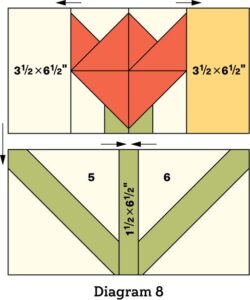
After cutting, the fabric pieces are arranged in a pattern that evokes the beauty and complexity of a blooming garden.
This process requires an artistic eye to balance colors and shapes, creating visual harmony. Once the layout is set, the fabric pieces are carefully sewn together, one by one, forming individual blocks.
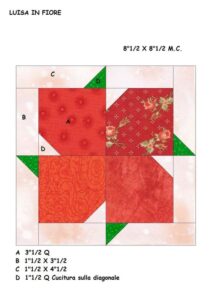
The blocks are then joined to form the quilt top, often separated by solid fabric strips to create a cohesive frame.
Finally, the top is quilted and joined to the quilt’s backing and lining through traditional quilting techniques, adding not only structural stability but also texture and depth to the final piece.

The result is a quilt that is not only functional but also an intricate work of art that celebrates the beauty and diversity of flowers.
Variety of Patterns: From Rose to Sunflower
The diversity of patterns found in flower patchwork quilts is truly impressive, reflecting the infinite variety of shapes and colors found in nature.
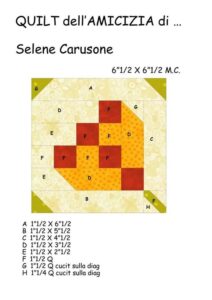
Each pattern evokes a different flower species, from the delicate petals of a rose to the exuberance of a sunflower.
One of the most classic patterns is the “Grandmother’s Flower Garden,” which features hexagons of fabric arranged in a honeycomb pattern, creating the illusion of a blooming flower garden.
Join our VIP list and receive exclusive free patterns. You’ll have daily access to the best designs, delivered straight to your device. Don’t miss this chance to get inspired and improve your projects with new and amazing patterns!
This pattern is beloved for both its beauty and its technical complexity.

Another popular pattern is the “Dresden Plate,” which resembles the delicate petals of a spiral flower. Fabric pieces are cut into wedge shapes and sewn around a circular center, creating a charming representation of a flower in full bloom.
Additionally, there are patterns inspired by specific flowers, such as the “Rose of Sharon” and the “Sunflower,” which faithfully reproduce the distinctive characteristics of these plants in fabric.
Flower Patchwork Quilts in the 21st Century: A Continued Tradition
In the 21st century, the tradition of flower patchwork quilts continues to thrive. While some people dedicate themselves to preserving classic patterns and traditional techniques, others explore new approaches and styles, incorporating modern design techniques and innovative materials.

Furthermore, flower patchwork quilts have found a new audience through social media and online communities, where enthusiasts share their projects, patterns, and tips.
These platforms facilitate connections among people from around the world who share a love for sewing and the art of patchwork.

Ultimately, the flower patchwork quilt continues to enchant and inspire, transcending the boundaries of time and culture. It is more than just a piece of fabric; it is an expression of creativity, skill, and love for nature.
As skilled hands continue to cut, sew, and quilt, the tradition of flower patchwork quilts will flourish for future generations, reminding us of the beauty and connection that can be found in life’s simple things.

